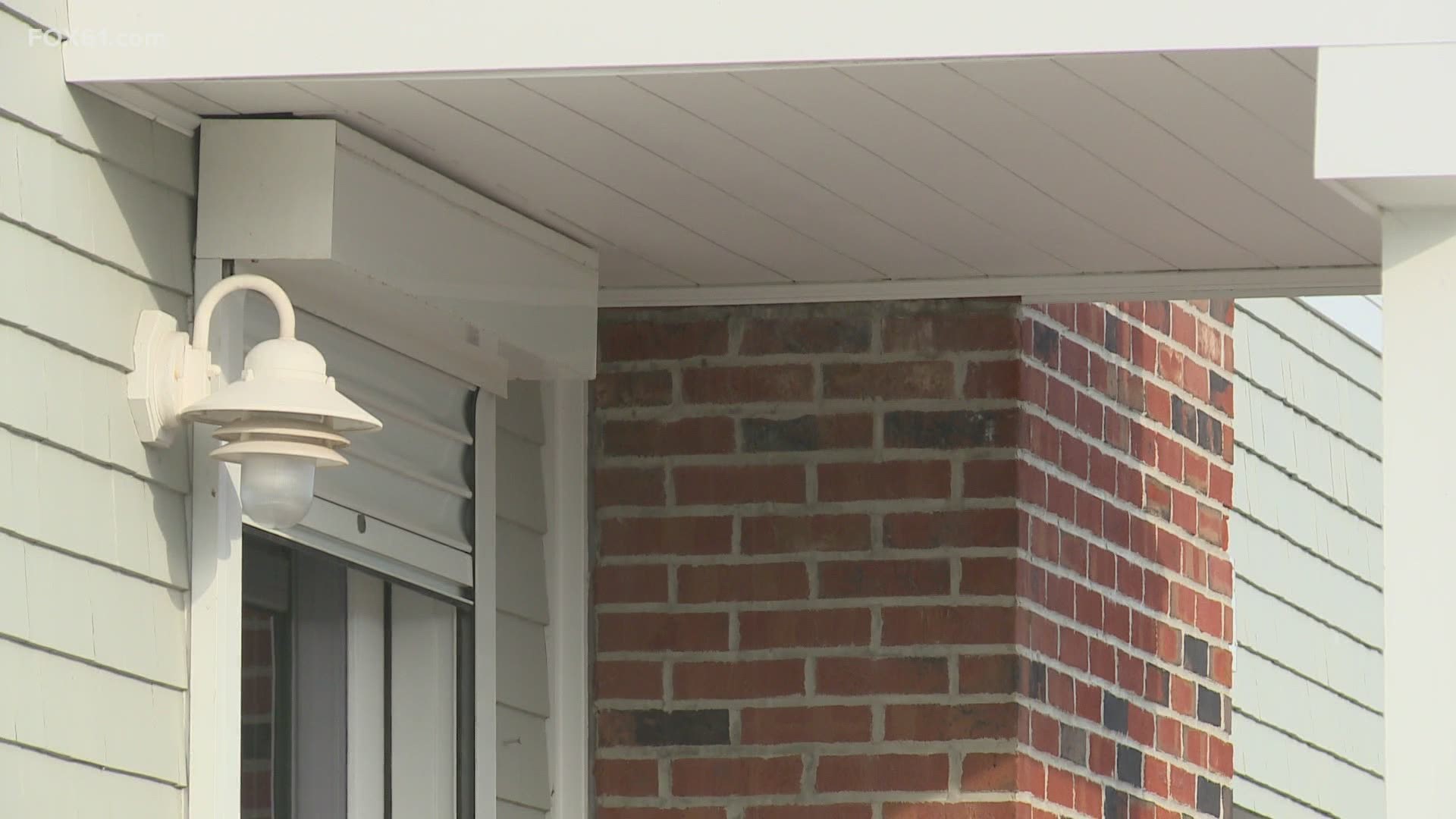HARTFORD, Conn — Tropical Storm Isaias is marching its way up the east coast and is expected to arrive in Connecticut on Tuesday.
While the storm won't be a hurricane by the time it reaches us here in the northeast, it'll still have some possibly damaging gusts.
A Tropical Storm Warning has been issued for the state ahead of Tropical Storm Isaias. Winds may gust above 55 mph at times during the afternoon and evening on Tuesday.
Part of the state is currently under a Tornado Watch.
Don't know the difference between a watch and a warning? A Tropical Storm Watch indicates tropical storm conditions (sustained winds of 39 to 73 mph) are possible within the specified area within 48 hours.
A Tropical Storm Warning indicates that tropical storm conditions (sustained winds of 39 to 73 mph) are expected within your area within 36 hours.
This region is no stranger to tropical storms. Hurricane Irene is one that sticks in many Connecticut residents' minds. The storm had started up the coast as a hurricane but was downgraded to a tropical storm by the time it made landfall in New York. Still, regardless of the downgrade, the storm caused widespread damage and left millions of those in the northeast in the dark, mostly on Long Island and in Connecticut. The storm was also deadly.
Regardless if it's a hurricane or a tropical storm, it's always good to be prepared to keep you and your family safe.
The National Weather Service (NWS) and the Centers for Disease Control (CDC) has some tips on what you can do:
From the NWS:
- Know your zone: Do you live near the Gulf or Atlantic Coasts? Find out if you live in a hurricane evacuation area by contacting your local government/emergency management office or by checking the evacuation site website.
- Put Together an Emergency Kit: Put together a basic emergency. Check emergency equipment, such as flashlights, generators and storm shutters.
- Write or review your Family Emergency Plan: Before an emergency happens, sit down with your family or close friends and decide how you will get in contact with each other, where you will go, and what you will do in an emergency. Keep a copy of this plan in your emergency supplies kit or another safe place where you can access it in the event of a disaster. Start at the Ready.Gov emergency plan webpage.
- Review Your Insurance Policies: Review your insurance policies to ensure that you have adequate coverage for your home and personal property.
- Understand NWS forecast products, especially the meaning of NWS watches and warnings.
- Preparation tips for your home from the Federal Alliance for Safe Homes
- Preparation Tips for those with Chronic Illnesses
Learn more on the NWS website.
From the CDC:
- Prepare for a Hurricane: Take basic steps now to ensure your safety should a storm hit.
- Get emergency supplies: Stock your home and your car with supplies.
- Make a plan: Create a family disaster plan.
- Prepare to Evacuate: Never ignore an evacuation order.
- Protect older adults: Understand older adult health and medical concerns.
- Protect your pets: Ensure your pet’s safety before, during, and after a hurricane.
The CDC also recommends that you print important documents (e.g., emergency phone numbers, insurance information) before a hurricane strikes. Power outages during and after a hurricane can prevent you from accessing information online when you most need it.
Learn more on the CDC's website.

